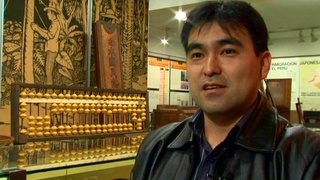Interviews
From the "middle" Nikkei (Spanish)
(Spanish) Well, I’m from the “middle” Nikkei, as I always say. We can say there are Nikkei from the pre-war period. Then there are those who came immediately after the war. And then of course there are the more modern Nikkei. I’m from the second group, okay. In my case, you could say that I still feel a significant influence of old Japan in me. Because my grandparents, for example, were from the Meiji era, okay? So, you know, there’s something to that, right? Of course then my parents were from the Taisho era, so, you know, I have that influence as well. In any case, this influence, in spite of the fact that I was born immediately after the Second World War, uh…the influence is from the pre-war period: from the Japanese that went to Chile before the war. With Chile, there were very few Japanese that ended up there, because there was no immigration agreement between Japan and Chile. Because of that, perhaps the Nikkei in Chile are somewhat different from Nikkei in places where there were many Japanese immigrants. For example, I think that the biggest Japanese influence we were able to receive came from our parents or grandparents, and not, for example, from a Japanese school or language institute that might have given us a different perspective, right?
Date: October 7, 2005
Location: California, US
Interviewer: Ann Kaneko
Contributed by: Watase Media Arts Center, Japanese American National Museum








